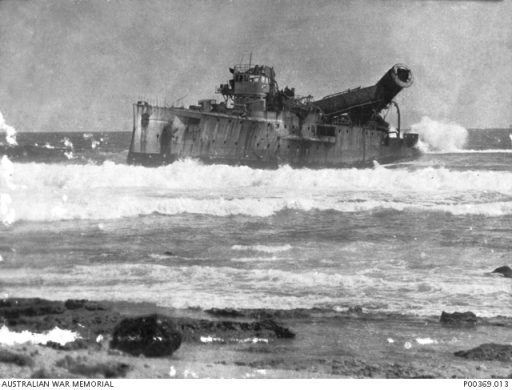The pursuit of the German cruiser, SMS Emden, across thousands of miles of the Indian Ocean during the First World War ended on November 9th 1914 when it was attacked and put out of action by the Royal Australian Navy.
Emden was engaged by the cruiser, HMAS Sydney, off the Cocos-Keeling Islands and forced to run aground after being severely damaged. Out of a crew of 376, 134 were killed. Sydney lost four dead.
During two months of raids, the German warship had sunk or captured 23 vessels, disrupted trade over a wide area of the Indian Ocean, and opened fire on ports in British-ruled India and Malaya.
Fear of the Emden and its unknown whereabouts delayed the departure of the first contingent of Australian and New Zealand soldiers from the port of Albany, Western Australia.
HMAS Sydney was escorting the troopships when it broke off to investigate a distress call from the British wireless station on the Cocos-Keeling Islands, only 50 miles (80kms) away from the Allied convoy.
Emden’s captain, Karl von Müller, was planning to cut a crucial telegraphic link between Australia and the rest of world. His defeat secured Allied control of the Indian Ocean.
Emden had stayed in the region as an independent commerce raider while the rest of the German Navy’s East Asia Squadron sailed for home. Although victorious against the British at the Battle of Coronel, the German fleet was defeated at the Battle of the Falkland Islands on December 8th 1914.
SMS Emden’s exploits captured public imagination, inspiring a number of films in both Australia and Germany.
Sources: Austalian War Memorial, Canberra; Wikipedia
Images courtesy of the Australian Memorial/P00369.013/public domain
Posted by: Peter Alhadeff, Centenary News
